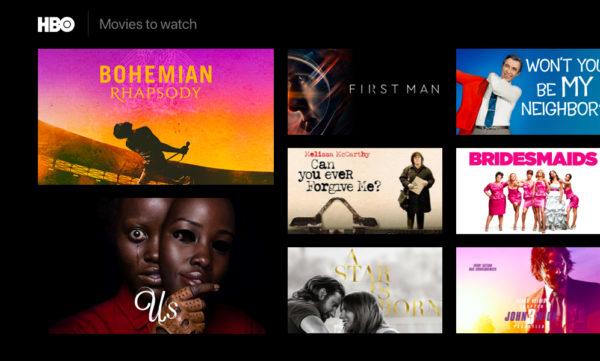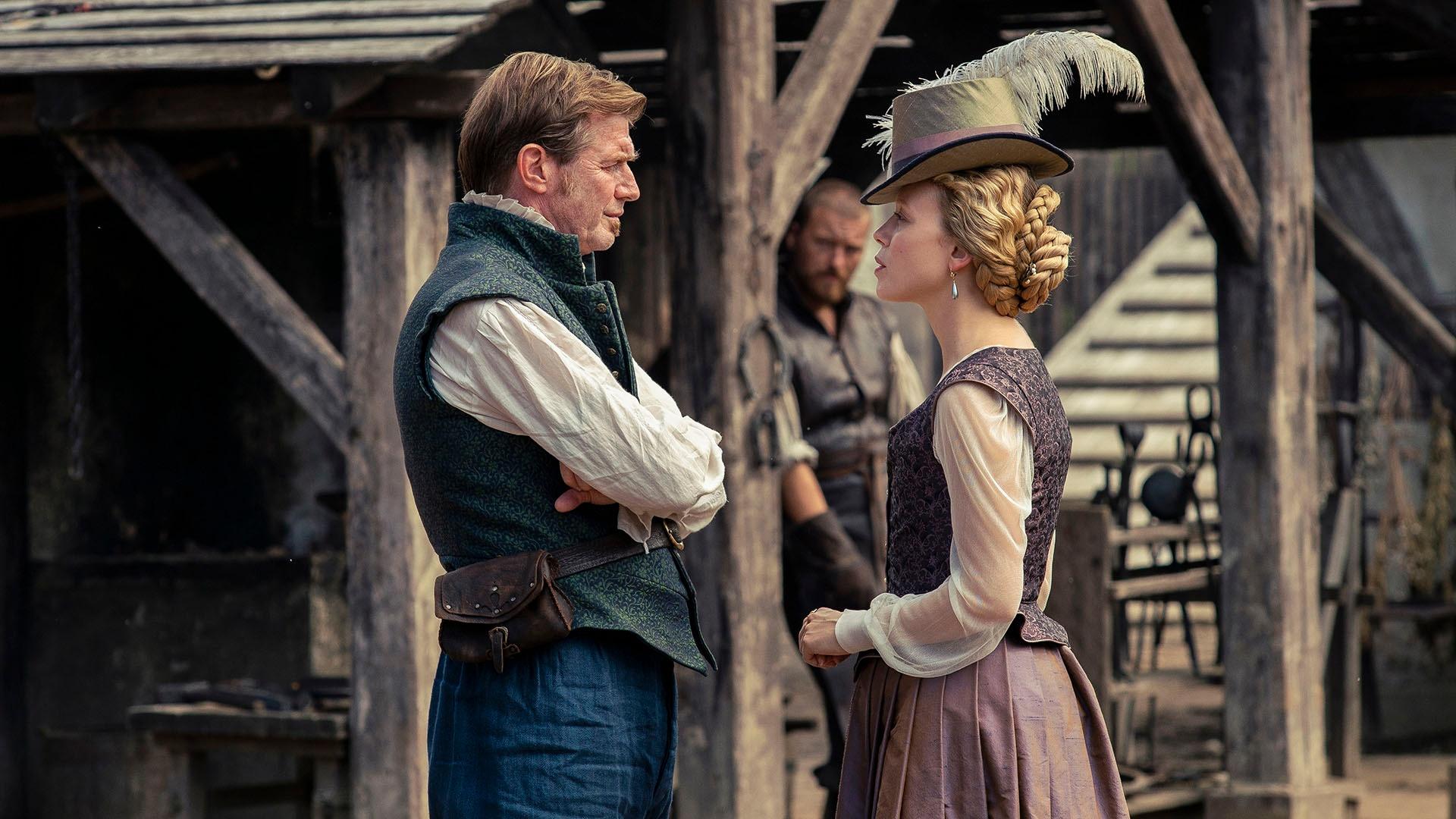
Family members have maintained the sacredness of these shows despite controversy over A Charlie Brown Christmas. They have been highly rated and enjoyed success in the past. But they are losing their shine.
Television specials originally had live audiences. However, canned laughter quickly overtook this type of audience. This was okay for scripted shows but was not appropriate for musical stars. The Sixties and Seventies saw a surge in popularity for Christmas specials. This was the golden age in Christmas television specials. From this period, there were many sitcoms, such as Mary Bob, Bob and The Clampetts. The Seventies also saw the rise of cable TV. It also meant that the networks were cutting back on their broadcasts. These networks were also cutting back on the number of shows they broadcast, which meant that many variety shows no longer aired.
One of the most iconic Christmas TV specials is The Grinch. Chuck Jones directed it. It is based on Dr. Seuss's popular book. To adapt the story to TV, the special used the book's text. The Grinch is a mean and green character. Boris Karloff provided the voice. The Grinch sings "You're A Mean One, Mr. Grinch." According to the lyrics, Grinch is described as "tangled up with knots" and "disgusting dump pile."

The Little Drummer Boy is another great Christmas TV special. Arthur Rankin, Jr. produced this animated special. This animated special was inspired by the iconic song. The special was narrated by Greer Garson.
"Elf" is another classic TV special. This special is another animated special produced by Rankin/Bass. This is a story that teaches lessons about acceptance, prejudice, and love. The special was animated with AniMagic, which looked like Christmas decorations coming to life. This special was very impressive with its detailed worlds.
The Rankin/Bass Studio produced 17 Christmas specials in 21 years. This studio produced a variety different animation styles, including stopmotion animation. AniMagic was also used to create their stories. To illustrate their storylines, they used exterior shots. These specials were also created in Santa's Workshop. The studio produced a number of popular Christmas specials. These included Santa Claus Is Comein' to Town, Rudolph, the Red-Nosed Reindeer, Frosty, and Frosty, the Snowman.
In the 1970s, Rankin/Bass also produced a few animated specials. These included Santa Claus are Coming to Town, The year without a Santa Claus Claus, and Santa Claus's coming to town. High-definition versions of some of these specials now exist. High definition versions can offer additional information, such as newspaper clippings. Many of these TV specials are available in digital format. You can also watch them again.

In the 1970s, Rankin/Bass produced several stop-motion animated Christmas Specials. These were classics and the animation in them are excellent.
FAQ
Why should I pay attention to TV?
You should be concerned about television if you have a business.
Many companies rely on it as a major source of revenue.
It is a good idea to study all aspects of TV advertising before you start a business.
This will help you decide what kind of ads to run, where to spend your money and how to market effectively your products.
What is the type of advertising on a TV?
Television is a type of communication that uses images to transmit messages. It is the most widely viewed medium in the world. The television industry is worth approximately $100 billion every year.
There are many different kinds of ads on television. These advertisements can be classified into two types:
-
Commercials (also known as "TV commercials"), which are usually 30 seconds or longer;
-
Programs/Series (also called "programming"). These are generally 20 minutes in length, though some programs may be shorter.
Commercials are shown during the commercial breaks. These are usually between every half an hour of programming. These commercials can also be shown at times when there are no programs being broadcast. This includes infomercials, pre- and post-shows, and public service announcements.
Programming is the most important part of any channel. Each week, most channels air multiple series. Some networks only show one series per day. Some will show multiple series simultaneously. Some channels are specialized in showing movies, sports events, and news.
Television advertising has undergone significant changes since its inception. Television was initially used primarily to entertain people in the 1950s. People would watch I Love Lucy or Father Knows Best shows, then head outside to play and have fun with their friends. People started using television to find out more about products and services as technology improved. An example: A person could view an advertisement about a car to learn more about its features.
Which industry is most active on television?
The automotive industry.
Advertising is important because they constantly look for ways to improve the cars they drive. They want their cars to be better, more efficient, and safer.
They must also keep customers interested in their products.
What are they doing? You can find them all over the internet.
On billboards, bus stops, television, radio, magazines, newspapers, you name it.
They're more than just ads.
They are completely different. Some are humorous, while others are informative. Others are inspirational, entertaining, and educational.
However, no matter what kind of ad it is, there are high chances that it will be effective.
Is tv advertising still relevant today?
It is not because TV advertising has stopped working. It's because more people are not watching television. They are using other media instead.
Marketers have made TV ads an integral part their lives. They allow us to reach our audiences online, where they are most active.
Also, we need to ensure that TV ads connect with customers on a deeper level. This requires us to think differently about how we create TV ads.
You can't rely anymore on slogans and images. Instead, we must consider how watching TV affects the experience. How can we get people to feel motivated to purchase our products and engage them emotionally?
These are all things which require creativity. Digital agencies are now the source of creativity.
How are TV ads measured?
Advertisers use the number of people who actually view an ad to measure their effectiveness. They also measure whether they have reached their target market.
Surveys are used to ask viewers if they recall seeing the ad. If they answered yes, they are sure they saw the ad.
If they answer no, they know that they weren't exposed. This shows how effective the advertisement was in reaching its target audience.
Statistics
- 93 percent of American adults listen to the radio over the course of the week. (marketingevolution.com)
- This includes 97 percent of Gen X, and 95 percent of Millennials. (marketingevolution.com)
- With OTT ad revenue set to increase from 45% to 60% over the next decade, AdTech pioneers and early adopters of OTT advertising will reap its benefits in the near future. (clearcode.cc)
- Not to mention, sales rose an incredible 11% following the launch of this commercial. (qualitylogoproducts.com)
- In fact, 76% of people completely skip the commercials while watching their programs. (qualitylogoproducts.com)
External Links
How To
How does the TV Advertising Industry work?
Many companies are involved in the TV advertising industry. Ads must be relevant and not offend viewers.
The media buying company purchases the airtime from the networks. They then sell this airtime to the advertisers. This is how advertisers pay for airtime. You can buy individual timeslots or the entire day.
Once the airtime is bought, the media buying company sends the advert to the network. The network broadcasts the ad at its scheduled broadcast time.
Viewers may click on the advertisement link if they are interested. The advertiser is paid again by the media buying firm if they click the link.
This process continues until the advert is finished. After the advertisement has ended, the media buying firm collects the money and passes it on to the network.
Advertising agencies create ads and then send them to media buying companies. They also manage the creative part of the campaign.
They also manage creative aspects and communicate with clients regarding the content. They manage the production of ads and communicate with clients about the budget.
They oversee all aspects of the campaign and keep track.